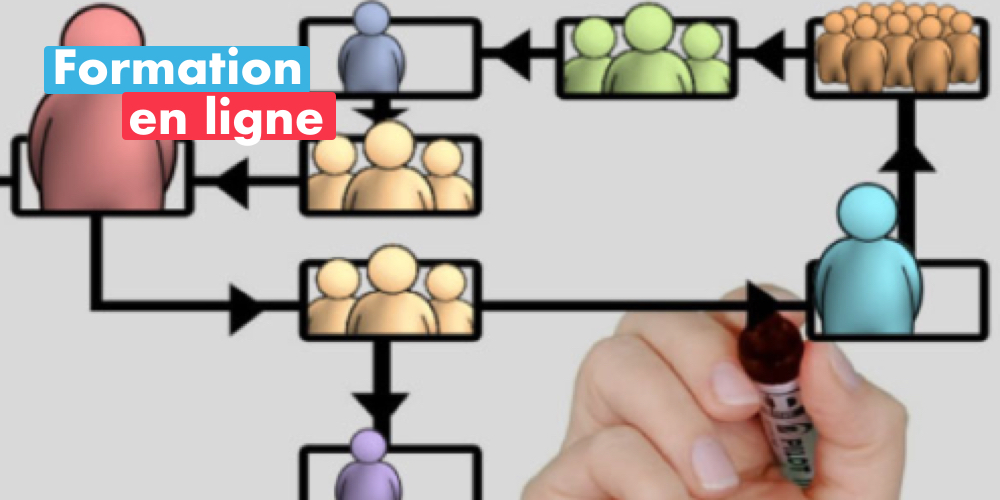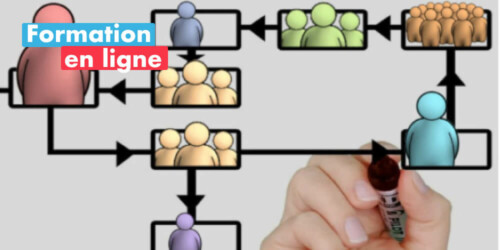Description
Communicating Visually about a Digital Application or Service
Aim
Learning to use still or animated image to successfully communicate with users and other stakeholders of a digital application or service.
Description
It is essential that a digital application or service is properly understood by its users and partners to ensure smooth operation, optimal uses, satisfaction, and confidence.
Explanations in written form only often result in confusions, omissions, errors and false impression. Misunderstandings and divergent interpretations can even become a source of conflict. Besides, many users cannot read easily, if at all, or have little understanding of digital technology.
Use of still or animated image can support easier, clearer and more effective communication. It can also permit better understanding when based on reliable and verifiable modeling of the digital application or service.
Objectives
To understand the main pitfalls that can affect knowledge and communication on a digital application or service.
To become familiar with the visual depiction of key moments and elements of information processes involving physical or legal persons. Particular attention will be put on moments and element of social, legal and ethical significance.
Methods
Group exercises (70%) and interactive lecture (30%) based on case studies (some of which can be proposed for discussion by participants themselves).
Target participants
Digital project leaders, IT professionals and designers, user experience and social sciences specialists, jurists and other personnel involved in such endeavours.
Copywriters, visual designers, videographers, PR, journalists and other communication professionals.
People involved in open innovation, living labs or FabLabs, users or citizens associations, regulation agencies.
Particular needs
Upon request, customized training of 1 to 3 days can be organized around the discussion of a specific project.
Contents
Social, legal and ethical complexities of IT as well as pitfalls that can affect:
- design and operation of digital applications and services ;
- work between projects’ stakeholders ; and
- communication with their users or other persons involved.
Advantages and disadvantages of fixed or animated visual representation of information processes, digitalized or not. Specifics of social modeling compared to others used in IT.
Modeling basics: identification of:
- persons (natural or legal) who actually interact with what other;
- actual information handlings about exactly what or whom;
- official and de facto roles that these persons actually play through these information handlings;
- norms, rules, and formal standards as well as expectations and constraints involved in these relations;
- key concepts to various lexicons (IT, law, management, everyday language) and their correspondences with each other;
- adaptation to corporate or institutional communication styles and skins.
Validation of the visual representation of a digital system, application or operation in regard to:
- actual handlings and relationships;
- clarity and effectiveness of communication;
- appropriate level of details for aimed objectives.
Uses of visual representations during phases of design, development, deployment and exploitation of a project.
Trainer
Pierrot Péladeau
Researcher, consultant, trainer and popularizer, Pierrot Péladeau specializes in interpersonal information and transaction systems assessment since 1982 in fields as diverse as health, social services, banking, government, telecommunications, personnel management, community action, retail. His current work focuses on how decision makers and citizens can better understand IT projects and devices as well as on democratization of IT decisions.
Location and duration
Suite 330 du 55, rue de Louvain Ouest à Montréal, H2N 1A4
One day – 9h00 am – 5h00 pm
Communautique is a training organization certified by the Ministry of Labour, Employment and Social Solidarity of Quebec




